1. Butterfly Bush (Buddleja davidii)
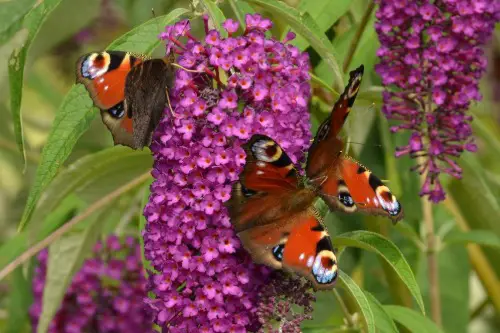
It’s easy to see why so many of us plant butterfly bush—it’s beautiful, low-maintenance, and loaded with blossoms that seem to attract every winged visitor. But here’s the catch: while adult butterflies may flock to it, butterfly bush doesn’t provide food for caterpillars, which are a crucial part of the pollinator food web. Even worse, this plant can spread aggressively, outcompeting native species that bees actually rely on. So despite its good looks, butterfly bush ends up doing more harm than good in the long run.
Many gardeners don’t realize that butterfly bush is considered invasive in several parts of the U.S. Once it escapes the garden, it takes over natural areas, crowding out plants that provide real resources for bees and other native pollinators. Bees visiting a butterfly bush may get nectar, but they miss out on the pollen they need to feed their young. This means a garden full of butterfly bush can actually leave bees nutritionally stressed.
2. Double-Flowered Varieties of Popular Plants
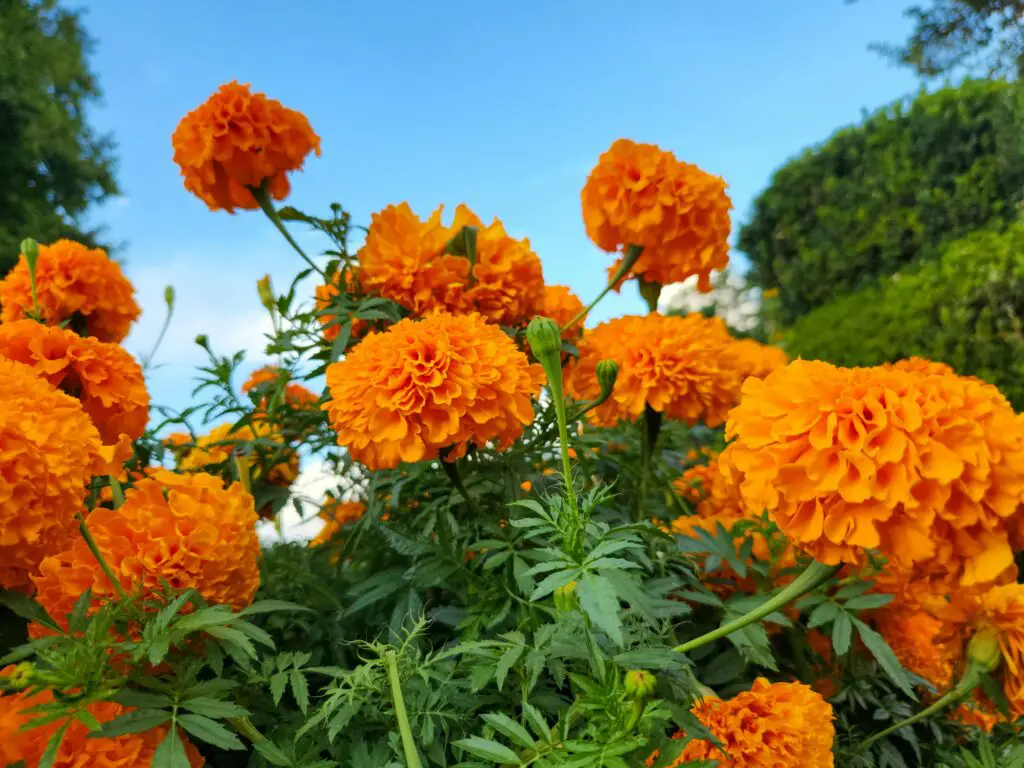
Those fluffy, over-the-top blooms on double-flowered plants like certain roses, marigolds, and zinnias might look gorgeous to us. But to bees, they’re basically useless because the extra petals often block access to pollen and nectar. What’s worse, some of these varieties have been bred to the point that they produce little or no pollen at all. So while your garden might be Instagram-worthy, it can leave pollinators hungry.
It’s a tough lesson for many gardeners who choose plants for looks without realizing what’s been sacrificed in the process. Bees depend on easy access to pollen and nectar, not just pretty petals. When you choose double-flowered plants, you’re unintentionally creating a garden that’s all show and no substance for pollinators. Simple, single-flowered varieties are a much safer bet if you want to support bees.
3. Ornamental Milkweed (Tropical Milkweed – Asclepias curassavica)
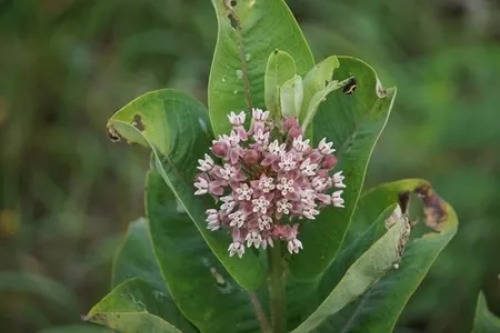
Tropical milkweed might seem like a win since it attracts monarchs and other pollinators in droves. But this non-native species doesn’t die back in winter in warm climates, and that’s where the problem starts. It can encourage monarchs to stick around longer than they should, exposing them to disease and disrupting their migration. While you may have planted it with good intentions, it’s better to choose native milkweed species for true pollinator support.
This issue has ripple effects for bees too. A disrupted monarch population means changes to the larger pollinator ecosystem that bees are part of. Plus, tropical milkweed can cross-pollinate with native milkweed, weakening local plant genetics. It’s one of those cases where a plant that seems helpful on the surface ends up throwing nature out of balance.
4. Japanese Spirea (Spiraea japonica)
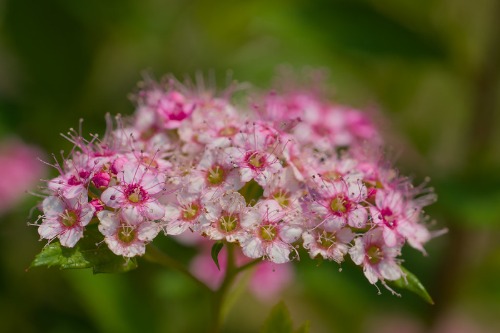
Japanese spirea is often marketed as a bee-friendly shrub thanks to its clusters of pink flowers. But the reality is, this plant can be a menace to local ecosystems where it escapes cultivation. It forms dense thickets that push out native flowering plants, leaving bees with fewer good food options overall. What starts as a pretty garden addition can snowball into a big ecological problem.
Bees may visit spirea when nothing better is available, but it’s far from ideal. The plant’s aggressive spread means less diversity in your garden and beyond. Pollinators need a variety of blooms across seasons to stay healthy, and spirea’s dominance reduces that diversity. Choosing native shrubs with similar appeal—like meadowsweet or elderberry—would be a smarter move.
5. Eucalyptus Trees
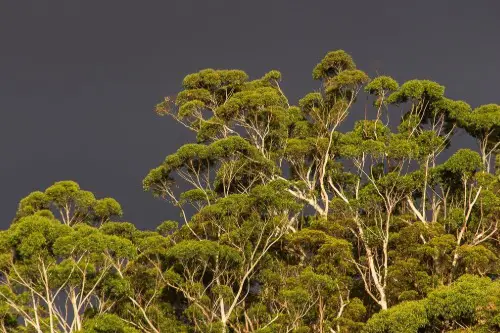
Eucalyptus trees are loved for their fragrance and fast growth, and some species do provide nectar. But they’re native to Australia and don’t offer the balanced resources that North American bees need. The flowers can attract bees, but the pollen is often low in nutritional value for them. On top of that, eucalyptus can outcompete native trees that support a wider range of pollinators.
People plant eucalyptus thinking they’re adding value to the landscape, but these trees often create monocultures. That means less variety in the kinds of pollen and nectar bees can access. Plus, eucalyptus leaves contain chemicals that can make soil toxic to other plants, further reducing habitat quality. It’s a tree that, despite its charm, doesn’t truly support healthy bee populations.
6. Bradford Pear (Pyrus calleryana)
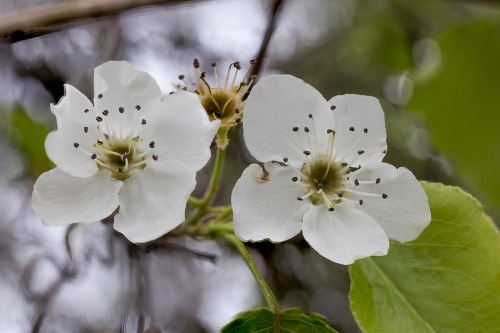
Bradford pear trees are infamous for their springtime clouds of white blossoms, and yes, bees do visit them. But this tree has a dark side: it spreads aggressively, producing thickets that choke out native flowering plants. The nectar and pollen from Bradford pears aren’t high quality for bees either, offering little in the way of true nourishment. So while your street might look lovely in bloom, the local bees are paying the price.
It’s also worth noting that Bradford pears break apart easily in storms, creating maintenance headaches. More importantly for bees, the loss of native plant diversity means fewer reliable food sources through the year. A better choice would be native flowering trees like serviceberry or redbud, which provide real benefits for pollinators. Sometimes the best way to help bees is to skip the popular choice for something truly supportive.
7. Zonal Geraniums (Pelargonium × hortorum)
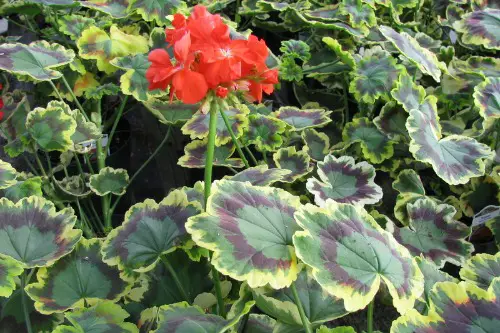
Zonal geraniums are a staple in window boxes and patio pots, thanks to their bright colors and easy care. But those showy flowers offer almost nothing to bees—many modern varieties produce no nectar or pollen at all. Bees may stop by out of curiosity, but they leave empty-handed. It’s like inviting guests over and forgetting to serve any food.
What’s tricky is that people often assume a brightly colored flower equals a bee-friendly plant. But with zonal geraniums, that couldn’t be further from the truth. If you want to support pollinators in your containers, try alternatives like lantana or verbena. Those will actually feed the bees instead of just teasing them.
8. Lawn Clover Seed Mixes with Microclover
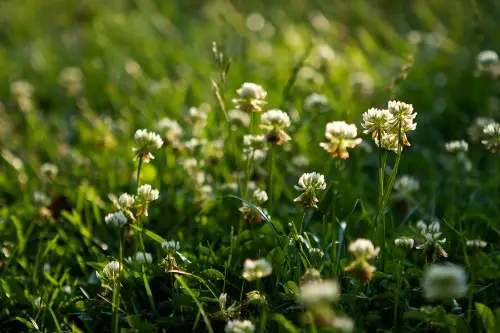
Clover is often touted as a bee-friendly alternative to plain grass lawns, and in many cases, that’s true. But some modern microclover mixes are bred to flower less frequently, focusing instead on creating a uniform, tidy groundcover. That means fewer blooms and less food for pollinators throughout the season. So what seems like a win-win can leave bees high and dry.
The tricky part is that many seed packets don’t clearly mention this downside. Gardeners trying to do the right thing might not realize their clover lawn isn’t helping as much as they’d hoped. A better choice is to stick with traditional white clover or, even better, plant a mix of native wildflowers along with your clover. The key is to make sure there are plenty of flowers for bees to visit, not just a green carpet.
The story 8 Things You Planted for Pollinators That Actually Harm Bees was first published on Greenhouse Black.
